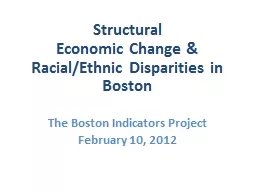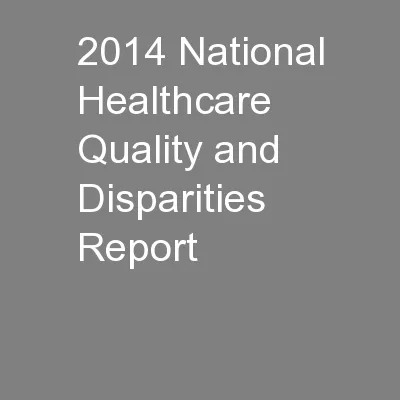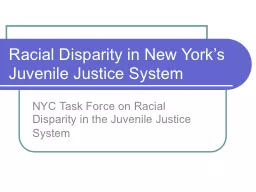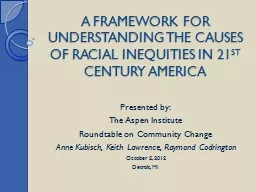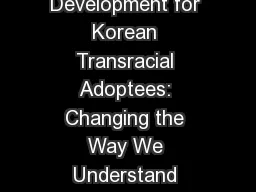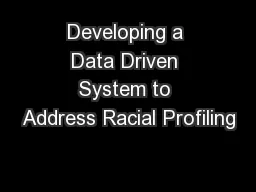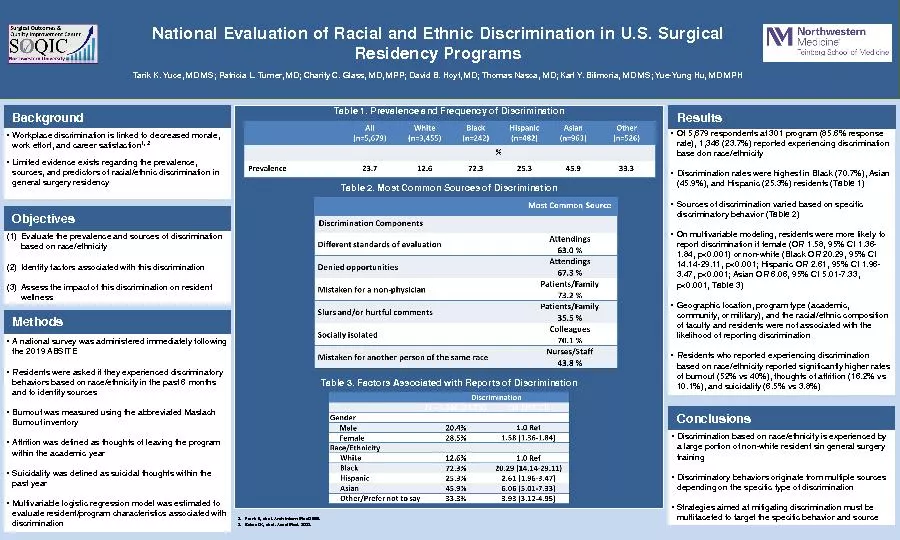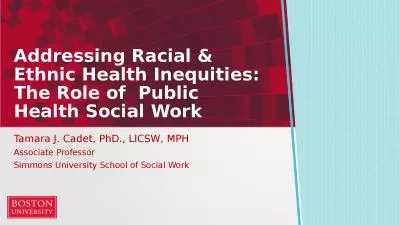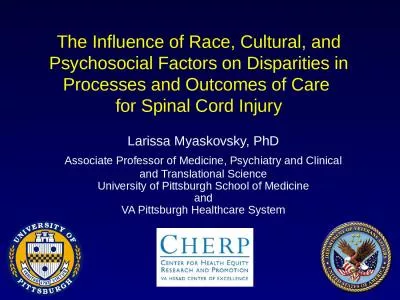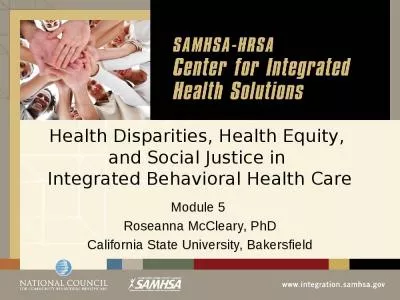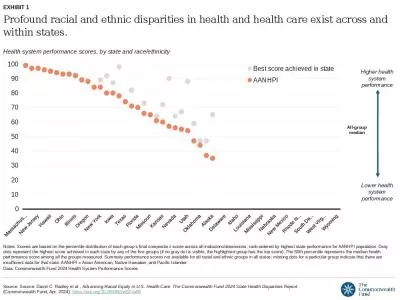PPT-Structural Economic Change & Racial/Ethnic Disparities
Author : accompanypepsi | Published Date : 2020-08-04
The Boston Indicators Project February 10 2012 The profile of poverty in Boston has changed l ittle since 1990 despite great effort Why In Poverty All Boston Residents
Presentation Embed Code
Download Presentation
Download Presentation The PPT/PDF document "Structural ..." is the property of its rightful owner. Permission is granted to download and print the materials on this website for personal, non-commercial use only, and to display it on your personal computer provided you do not modify the materials and that you retain all copyright notices contained in the materials. By downloading content from our website, you accept the terms of this agreement.
Structural Economic Change & Racial/Ethnic Disparities: Transcript
Download Rules Of Document
"Structural Economic Change & Racial/Ethnic Disparities"The content belongs to its owner. You may download and print it for personal use, without modification, and keep all copyright notices. By downloading, you agree to these terms.
Related Documents

